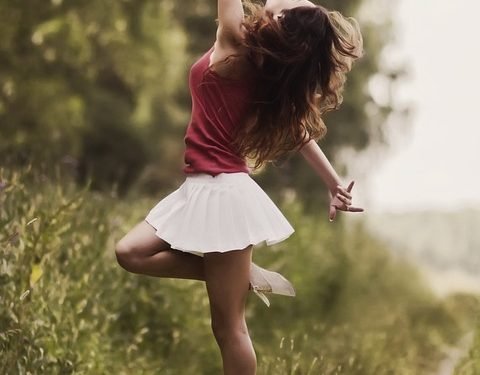Dance is a universal form of expression that has evolved over centuries, with each era leaving its own unique mark on the art form. From traditional folk dances to avant-garde contemporary styles, the evolution of dance has been a reflection of the cultural, social, and political changes that have shaped human history. Let’s take a look at the journey of dance from its traditional roots to its contemporary forms.
Traditional dance forms are deeply rooted in the cultural heritage of various communities and have been passed down from generation to generation. These dances are often performed at religious ceremonies, festivals, and social gatherings, and are characterized by their rich history and symbolic meanings. Examples of traditional dance forms include the flamenco of Spain, the hula of Hawaii, the Bharatanatyam of India, and the ballet of Western Europe. These dances are often performed in traditional costumes and accompanied by live music, and are a way for communities to celebrate their heritage and express their traditions.
As the world has become more interconnected, traditional dance forms have begun to blend with other styles, leading to the emergence of contemporary dance. Contemporary dance is a fusion of various dance styles, incorporating elements of ballet, modern dance, and cultural dances, as well as incorporating new movements and techniques. Contemporary dance often explores the boundaries of movement, challenging traditional norms and pushing the boundaries of what is considered dance.
One of the defining characteristics of contemporary dance is its focus on individual expression and storytelling. Dancers use their bodies as a means of communication, expressing emotions and ideas through movement. This form of dance often incorporates non-traditional music and explores new ways of creating movement, blurring the lines between dance and other art forms.
In recent years, contemporary dance has embraced technology, incorporating multimedia elements such as projections and digital effects to create immersive experiences. This has opened up new possibilities for dancers to push the boundaries of their art form, creating innovative and thought-provoking performances.
The evolution of dance from traditional to contemporary forms has been a journey of innovation, experimentation, and cultural exchange. While traditional dances continue to be celebrated and preserved, contemporary dance has allowed for the exploration of new movements, ideas, and artistic expressions. As the world continues to change, so too will the art of dance, evolving and adapting to reflect the ever-changing human experience.







